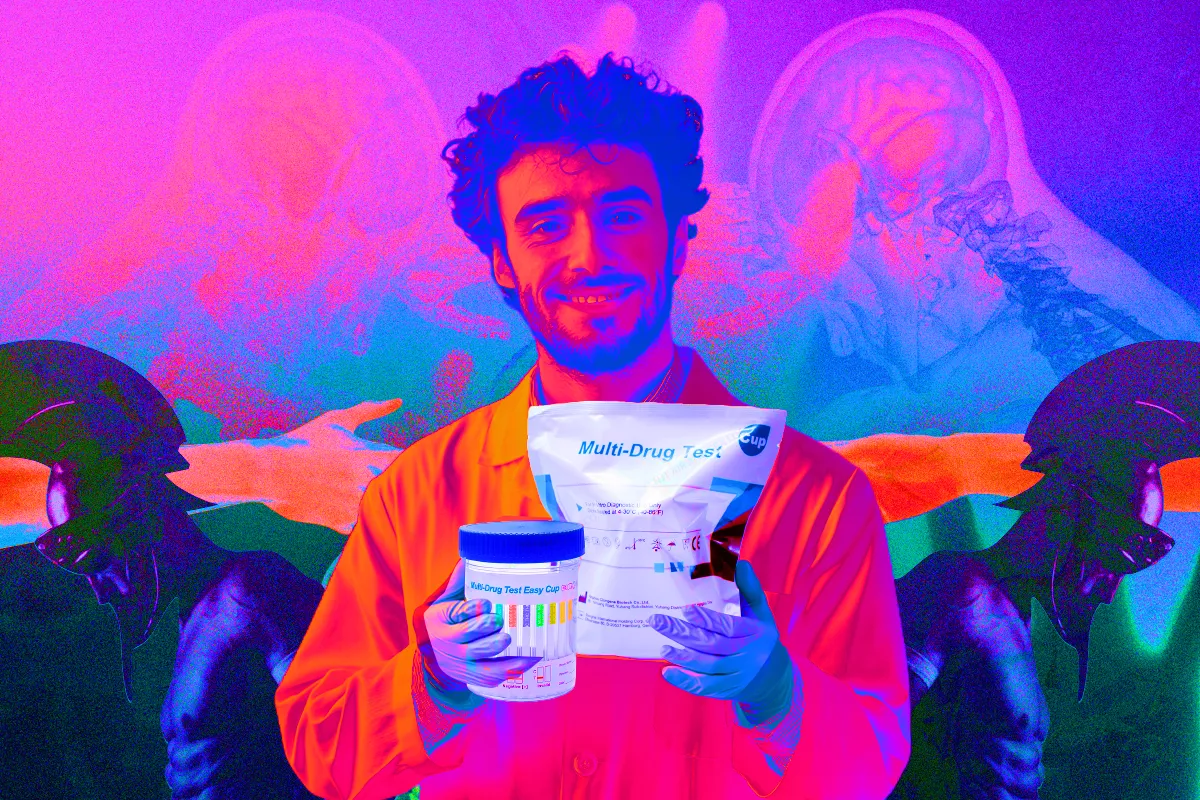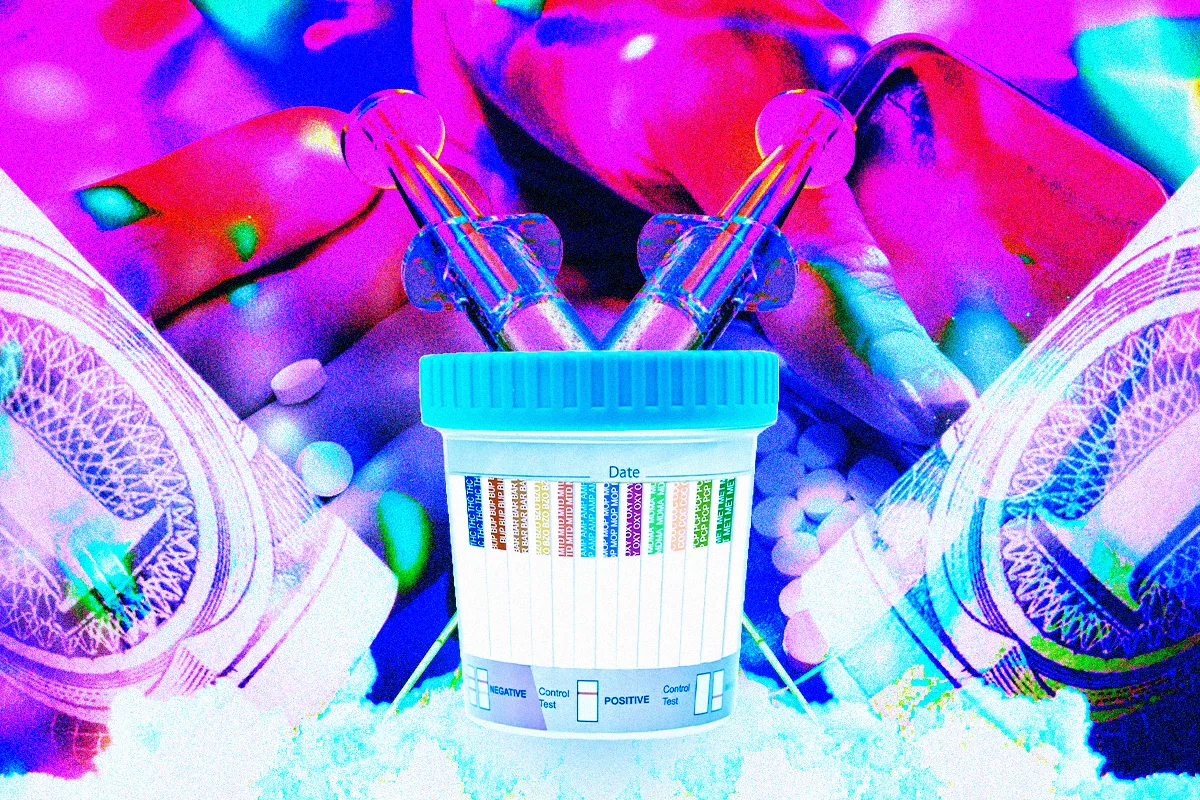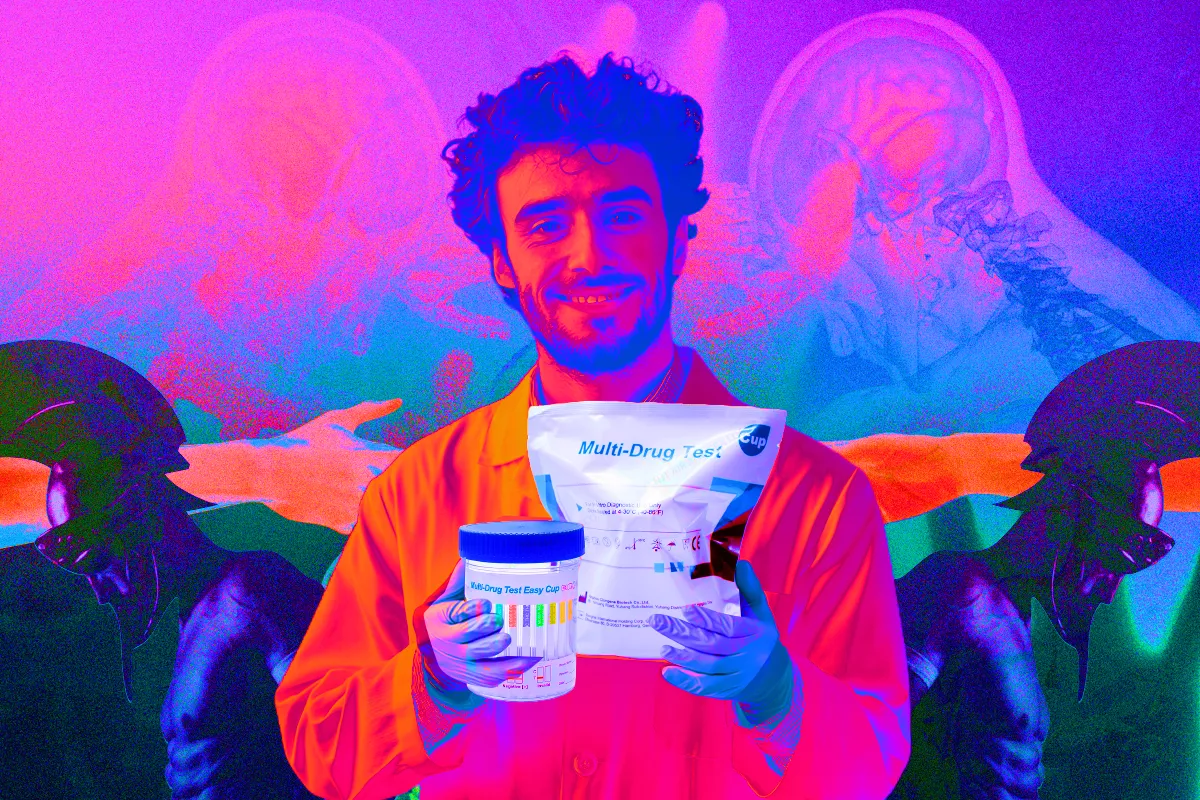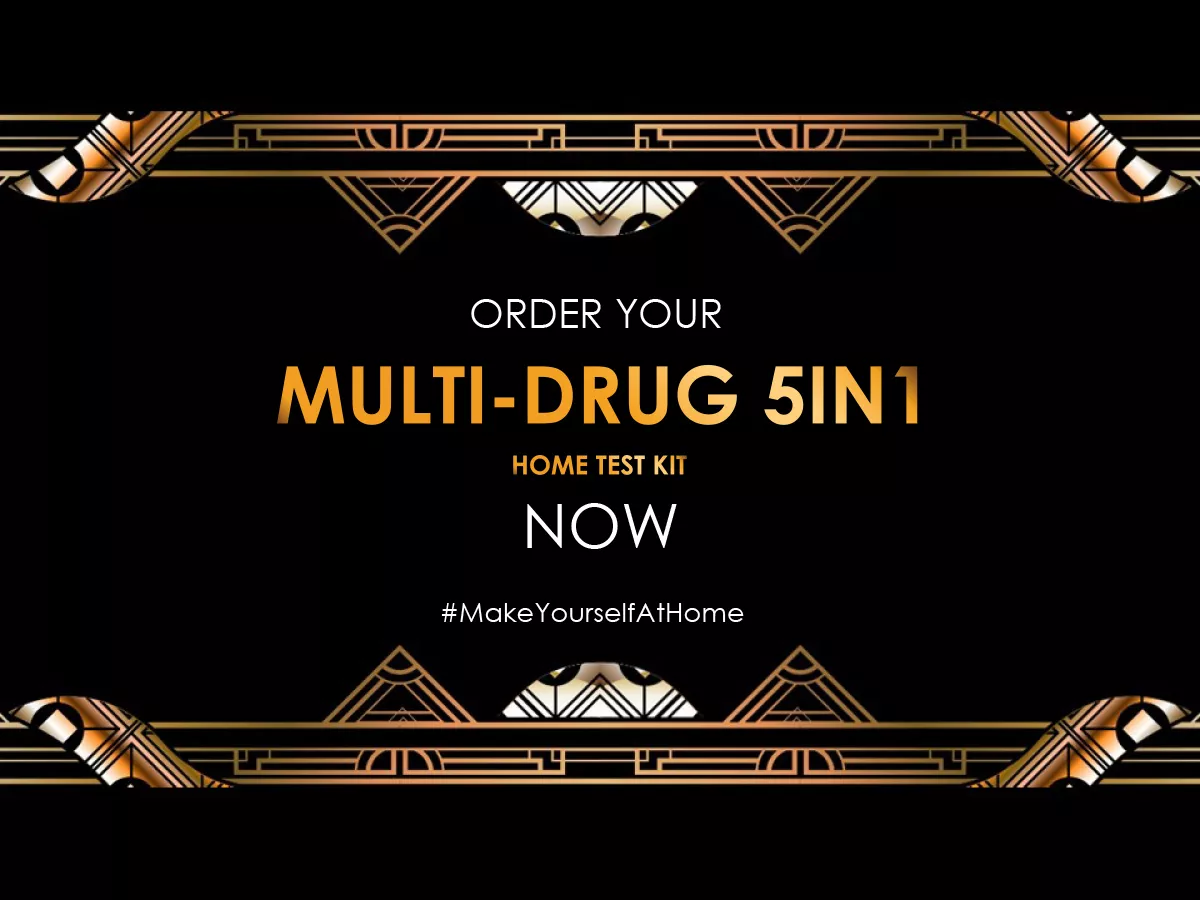Urine Multi-Drug 7-in-1 Test Kit
2685
A urine drug test detects illegal and prescription drugs in the system. It's quick, painless, and cost-effective, revealing drug use up to weeks after

Buy the Urine Multi-Drug 7-in-1 Test Kit Online at PULSE Clinic
A urine drug test is capable of detecting both illegal and prescription drugs in a person’s system. It is commonly used by doctors, sports officials, and many employers as a regular requirement. These tests are quick, simple, painless, and cost-efficient.
Even after the physical effects of drugs wear off, traces can remain in a person’s system for days or weeks. The test can determine whether a person has used specific drugs within that timeframe.
In this article, we will explore urine drug tests in detail, including what substances they can detect and how long they can be traced in urine.
When should the test be done?
The test can be performed at any time.
How to perform the test
- Carefully remove the cassette from the foil pouch (only open the pouch when you're ready to begin the test).
- Collect a urine sample from the person being tested using a plastic cup.
- Remove the protective cap from the bottom of the test to expose the absorbent testing strip. Avoid touching the strip, and keep the protective cap.
- Submerge the testing strip into the urine sample, ensuring that the urine doesn’t touch the plastic casing. Let the test absorb the urine for 10–15 seconds. You'll notice the urine moving up the strip.
- After 15 seconds, remove the test from the urine and replace the protective cap.
- Place the test on a clean, flat surface while the test lines develop.
- Negative results can be read as soon as they appear, but positive results should be read after at least 5 minutes. All results should be reviewed within 10 minutes to avoid inaccurate readings.
Results

Each drug has its own test strip, and the results for each strip should be evaluated individually. On the cassette, you will see two letters next to the strips: 'C' for the control band and 'T' for the test band. A pink line should appear in the control band (C) for each drug tested, confirming the test is functioning properly. If no line appears in the control band, the test did not work correctly, and another test may be needed. A second pink line, even if faint, in the test band (T) indicates a negative result. If no line appears in the test band (T), the result is positive for that specific drug.
Add us on Line and stay in touch.
Buy Drug Test Kit at PULSE Clinic

Order Urine Multi-Drug Test 7in1 today!
For more information and the ordering process, please contact us at pulseliving@pulse-clinic.com or chat with us on your preferred platform.
![]() +66-84-226-2569
+66-84-226-2569  @pulserx
@pulserx ![]() PulseClinic
PulseClinic
Which drugs can a urine test detect?
A urine drug test can identify a variety of substances, including:
- Alcohol
- Amphetamines
- Barbiturates
- Benzodiazepines
- Cocaine
- Cannabis
- Methamphetamine
- Opioids
- Phencyclidine (PCP)
Urine tests can also detect nicotine and cotinine, which the body produces when breaking down nicotine.
While a urine test can reveal the presence of alcohol, if authorities suspect excessive drinking, they are more likely to request a breath or blood test instead.
Detection times
| Drug | Detection times after use |
| alcohol | 7–12 hours |
| amphetamines | 2–3 days |
| short-acting benzodiazepines | 3–5 days |
| long-acting benzodiazepines | up to 30 days |
| buprenorphine | up to 11 days |
| cocaine metabolites | 2–4 days |
| codeine | 1–2 days |
| fentanyl | 2–3 days |
| heroin or morphine | 1–3 days |
| methadone | 3–4 days |
| oxycodone | 1–3 days |
Several factors can influence how long a drug remains detectable in a urine test, including:
- The person’s body mass
- Hydration levels
- The acidity of the urine
- The timing of the drug use
In general, the more frequent and heavier the drug use, the longer it will remain detectable in the system. Below, we provide typical detection times for various substances.
How to prepare for a urine test
The preparation for the test is minimal. Typically, a person simply needs to urinate into a plastic container and then return the sample to the technician or doctor. They will check the temperature of the urine to ensure it is appropriate for testing, then seal it in a plastic bag. If the sample cannot be delivered to a medical professional within one hour, it should be stored in a refrigerator after being sealed in a plastic bag.
A technician may accompany the individual to ensure the sample is provided correctly and should explain the reason for this supervision. The person should inform the test provider if they are taking any:
- Prescription medications
- Over-the-counter medications
- Herbal remedies
- Supplements
Summary
A urine drug screen is a quick and efficient way to detect certain illegal and prescription drugs. This type of test may be requested by doctors, sports officials, or employers for various purposes. It can identify a range of substances, such as cannabis, nicotine, barbiturates, and opioids like heroin and methadone. Some substances stay detectable in the body longer than others. If the initial test result is positive, a more accurate follow-up test may be required.
If you have any symptoms or would like to speak with a doctor, please contact us and book your appointment today!
Contact us at info.bkk@pulse-clinic.com or chat on your preferred platform:
Chat with PULSE CLINIC ONLINE Department
Loading...
Clinic Locations
Loading...







